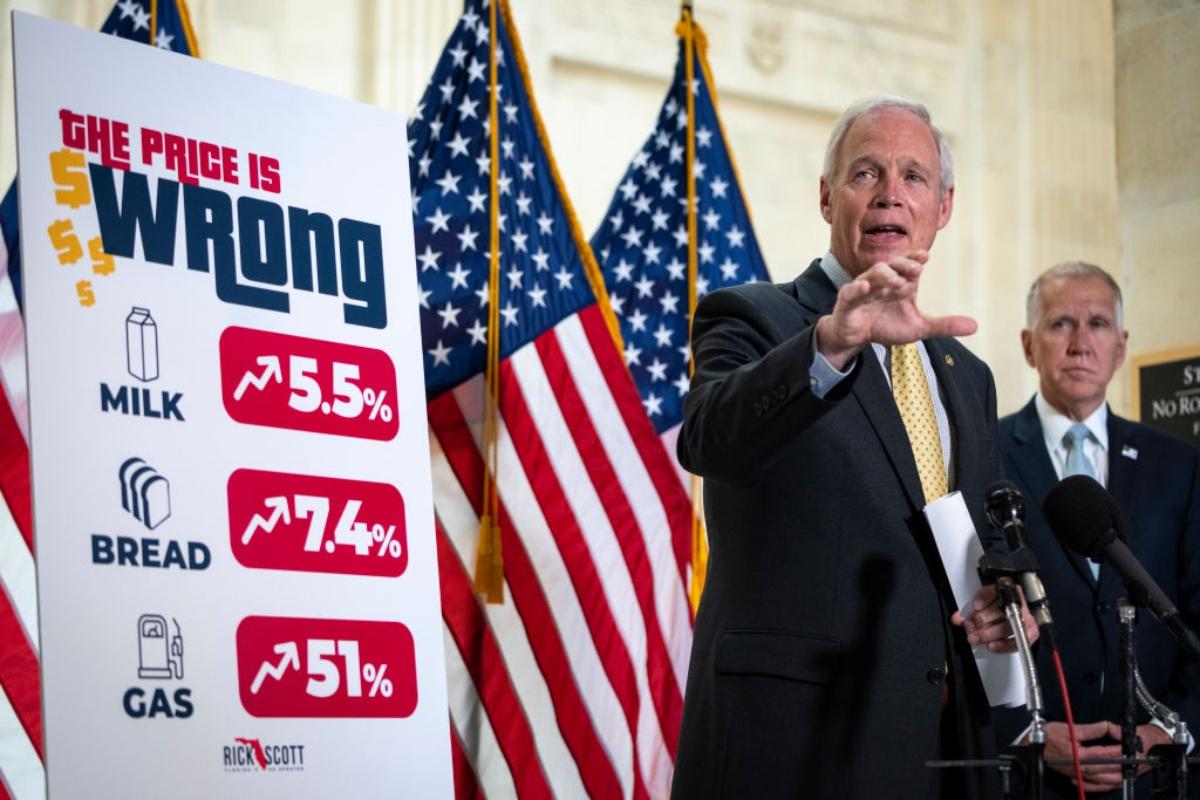
Last month’s jobs report and the broad surge in the cost of living indicate growing hardship among workers in the US, despite President Joe Biden’s claim that the report represented “great news” about the economic recovery from the COVID-19 pandemic. With a year-to-year inflation rate of 5 percent, this means workers have seen their real wages decline by more than 3 percent within the past year. According to data provided by the United States Department of Labor, average hourly earnings rose from $29.74 to $30.33 from May 2020 to May 2021, a nominal increase of less than 2 percent. The high rate of inflation completely erases the nominal increases in hourly earning within the last year. Tyler Goodspeed calculated real wages for US workers have declined every month in the last year, eroded by significant month-over-month increases in overall consumer prices. Writing for The Hill, economic historian Dr. Workers are seeing their purchasing power decline at the same time essential goods are becoming more expensive. The findings showed insurance-negotiated prices of 260 brand-name prescription drugs have increased, on average, faster than general inflation every year since 2006. Although widely used brand-name prescription drugs saw their slowest annual price increase in 2020, the AARP reported the 2.9 percent increase in medication costs is still twice the country’s general inflation rate of 1.3 percent. However, it is unclear what will happen to prices when the restrictions expire.Īccording to an American Association of Retired Persons (AARP) report, prescription drug prices increased at twice the US inflation rate in 2020. Economists state rent prices have risen slowly partly because of moratoriums on evictions. Rents have gone up 1.8 percent in the last year. Rents in the US, which account for the single largest expense for most workers, rose 0.2 percent in May, the largest increase in over a year. The United Nations World Food Program warned the increase in food prices is driving food insecurity, with 270 million people suffering from acute malnutrition or worse across 79 countries. The United Nations Food and Agriculture Organization reported world food prices rose by 40 percent over the past year, including a rise of 4.8 percent since April. Grocery prices rose by 0.4 percent in May and are expected to continue rising for some time.

The US experienced the fifth-largest increase as housing prices climbed 13.2 percent in the year to March. New Zealand and Luxembourg followed with 22.1 percent and 16.6 percent increases, respectively. With a 32 percent year-over-year increase, Turkey saw the largest price increase. Thirteen countries registered double-digit increases, with developing nations comprising most of the top-ten.

According to the Knight Frank Global House Price Index, the average home price across 56 countries and territories rose 7.3 percent in the year to March 2021.

Globally, housing prices have experienced the fastest growth rate since 2006, when home prices peaked amid the US housing bubble. For example, a gallon of regular gas currently costs an average of $3.10 nationwide, after the price fell under $2.00 per gallon after the pandemic hit.
#Cost of living increase 2021 driver
The Manheim used car index hit 203 in May, which represents a 48.2 percent increase in used car prices over the last year.Įnergy has also been a big driver of inflation, with prices soaring over 29 percent in the past year. Prices climbed 7.3 percent after a 10 percent increase in April. Record prices for used vehicles, driven by a shortage of raw materials, accounted for approximately one-third of the overall increase in May. The CPI jumped 0.6 percent last month, marking the fourth significant monthly increase in a row.

Dollar bills are deposited in a tip box, in New York.


 0 kommentar(er)
0 kommentar(er)
